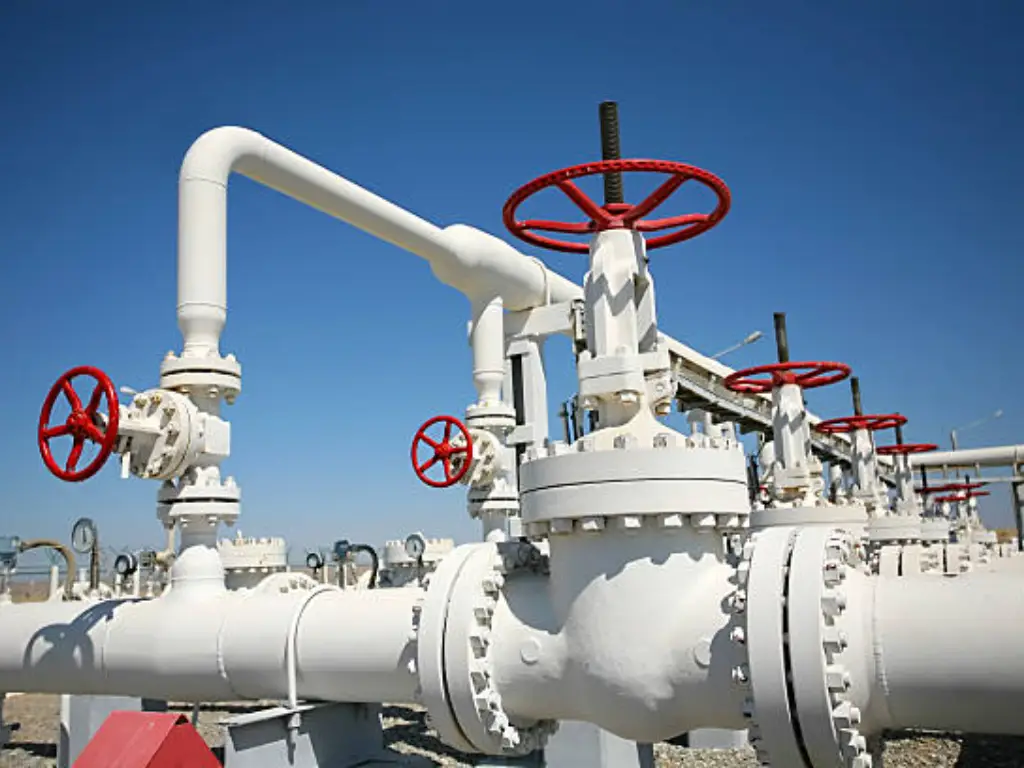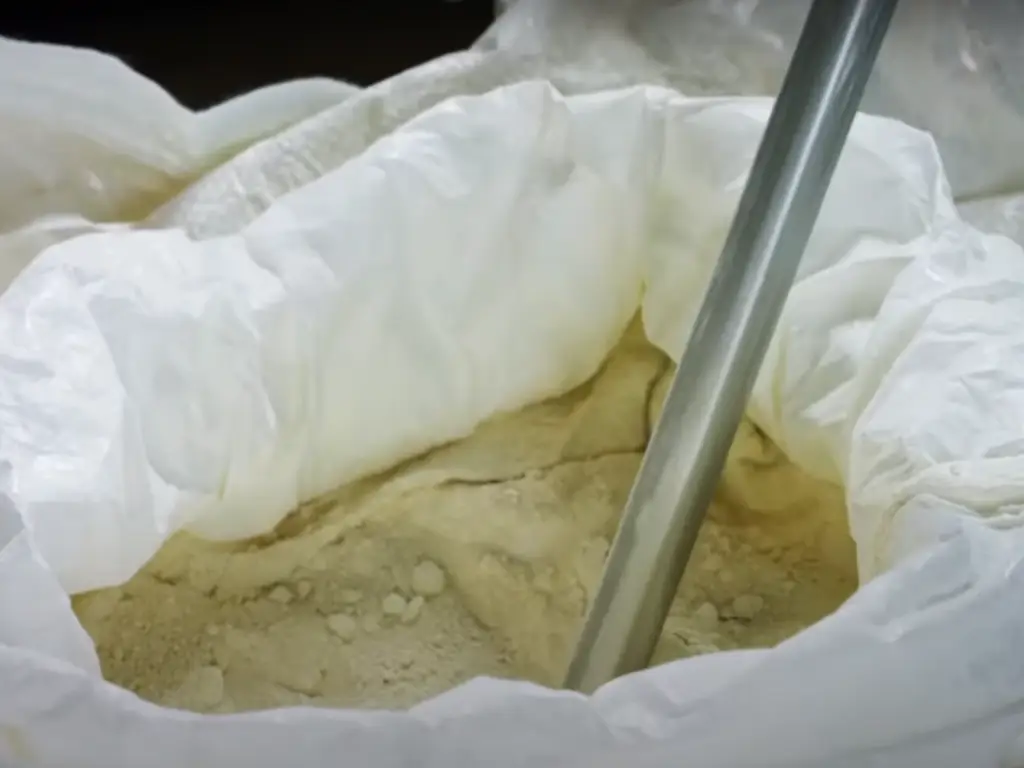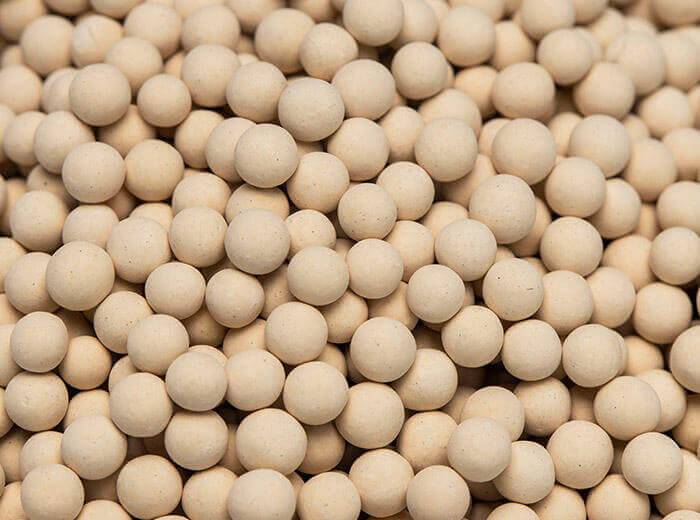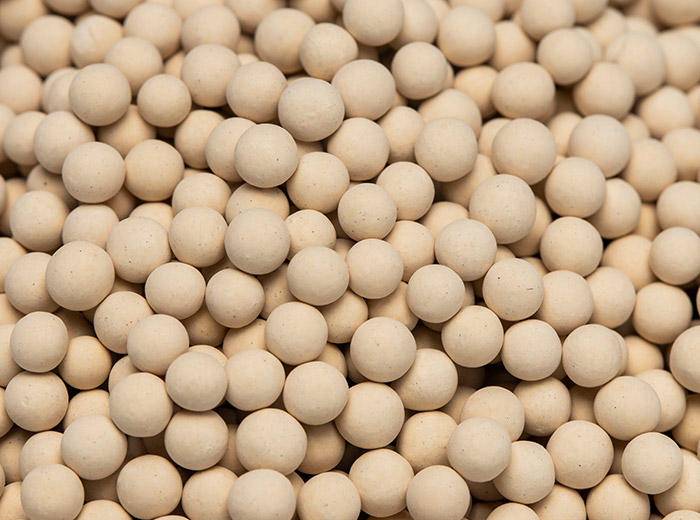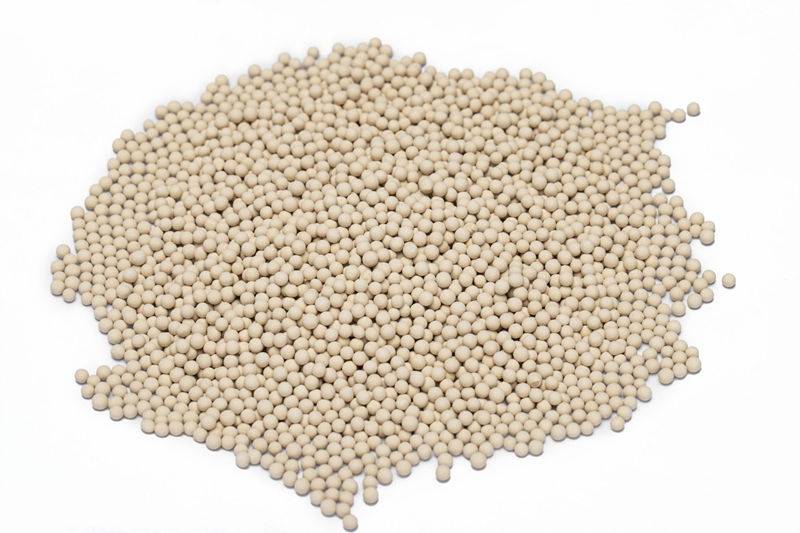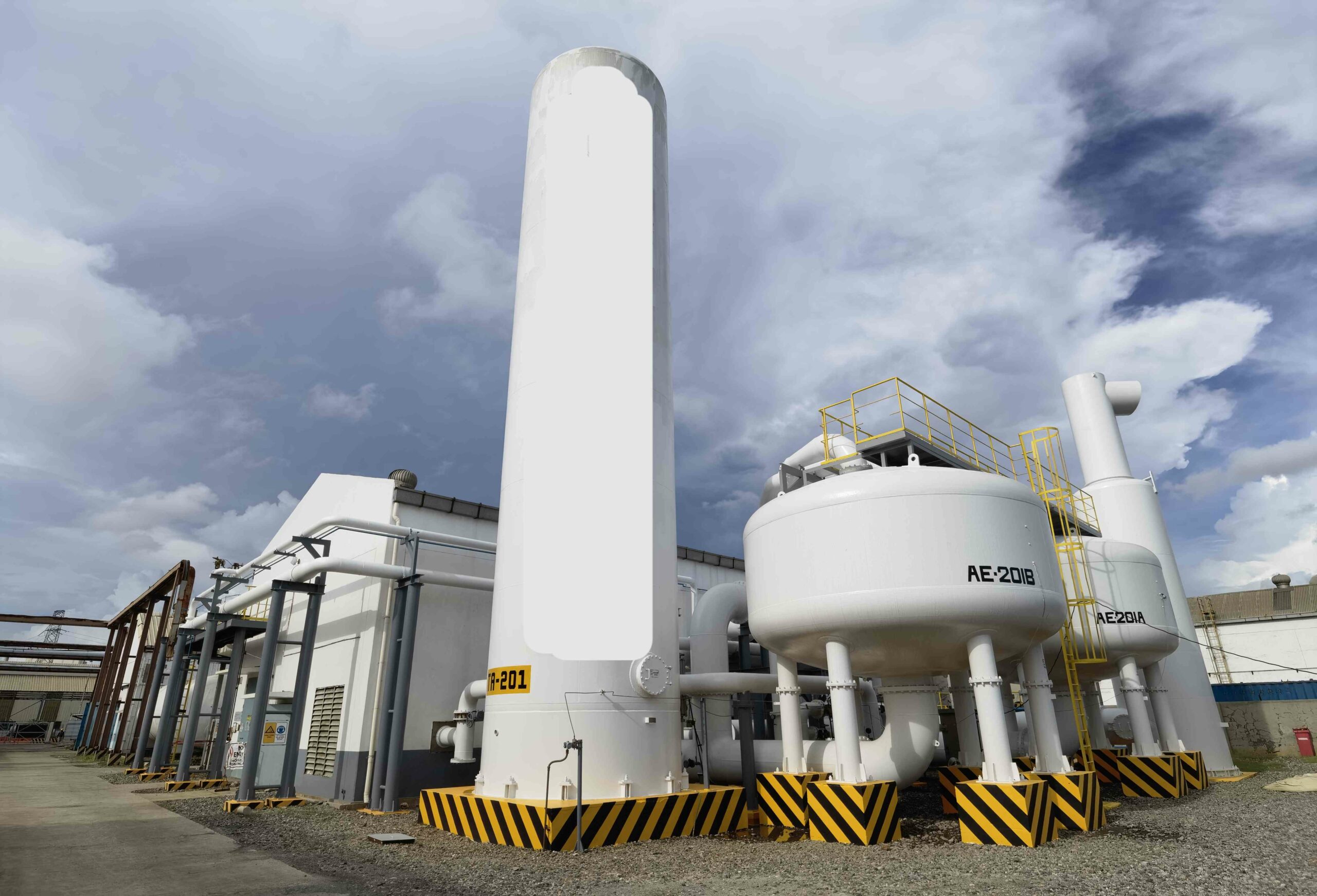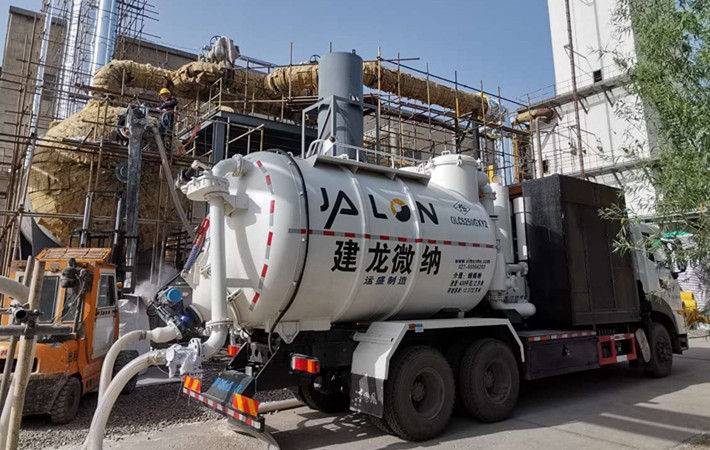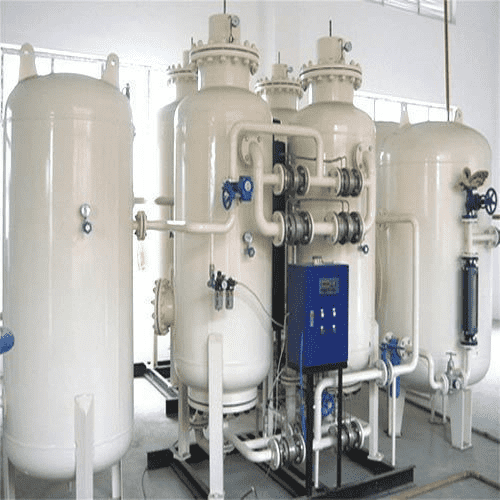The major activities of this desiccant, known as ‘adsorption,’ are to absorb water and dry air. When humidity molecules accumulate in the air, they can cause rusting in equipment and ice forms, both of which can be hazardous and detrimental. As a result, it’s critical to get rid of these molecules so that the gear and equipment can keep running smoothly.
The activation of the alumina is a straightforward procedure. The moisture in the air will attach to the Alumina like a mop in water as it travels past. They become locked in the Activated Alumina, preventing humidity from entering the air. In simplistic words, this is similar to straining moisture through a sieve, in that the moisture is left behind while the air remains to be dry.
Now, if you plan to use activated alumina in an air dryer. We are certain that there are a number of things that we should notify you of so that you can be fully prepared. Let’s get to the details!
How Does an Air Dryer Work?

There are several types of air dryers that you can use in your industrial plant. Such air dryers include refrigerated air dryers, desiccant air dryers, deliquescent dryers, and membrane dryers, just to mention a few. We are, however, going to focus on the working principle of a desiccant air dryer.
Desiccant dryers collect moisture from the air using hygroscopic substances. Desiccants are dry granules that act on the basis of the adsorption mechanism. Pores on the exterior of these substances operate as adsorption sites for particular molecules due to intermolecular interaction. The ability of such substances to do so is referred to as physisorption. Silica and activated alumina are two common physisorption desiccants in the industry (molecular sieves).
The desiccant substance is contained in one or more vessels in a desiccant dryer. Internal parts such as screens, trays, or sheets are used to retain or hold the desiccant in position while allowing air to circulate through the vessel. Air is normally entered from the bottom and expelled at the top of the vessel. The desiccant gets saturated as air is delivered and dried, reducing its ability to absorb moisture. A regeneration phase is carried out before this stage is achieved in order to restore the drying efficiency.
Pressure swing, the heat of compression, and blower regeneration are the three mechanisms used to regenerate the system. The desiccant dryer’s kind is indicated by the regeneration mechanism utilized.
What is Activated Alumina?

Activated alumina is in the form of highly permeable microspheres that have been infinitesimally “squished.” As a result, they are capable of performing a wide range of tasks. They’re suitable for usage with dry gases. The dryness of gases is frequently required for the safe transfer of vaporous gases. It is also utilized as a drying agent in numerous industrial applications.
How Does Activated Alumina Work in an Air Dryer?

The adsorbent, as the main section of the air dryer, is exposed to recurrent pressure, water vapour, and heat shocks, which readily results in mechanical failure and medium defacement, lowering the adsorbent’s effectiveness. Since activated alumina substitutes silica gel as the major adsorbent, many qualities, particularly constrictive strength and resistance to liquid water absorption characteristics, are considerably improved to attain a high level, as long as no “renewable energy utilization” and other activities arise. Aspects such as activated alumina treatment, compressed air dew point stability to -40 °C, and a lifespan of up to two to three years are all assured in the technology.
Compressed air from the compressor’s rear is a sort of supersaturated compressed air that contains some condensate. The dryer has little influence from a little quantity of condensate. If a gas-water divider and filter are not put in front of the dryer, or if a considerable quantity of condensed water penetrates the adsorption tower owing to inappropriate causes, the adsorption will decrease, and the dew point temperature will rise dramatically. The adsorbent can break down into powder in extreme circumstances, resulting in powder discharged from the muffler and blockage of the rear dirt filter, as well as the need to replace the adsorbent.
Since the adsorbent is a non-thermal conductor, adsorption heat can’t be dispersed in sequence by the adsorbent microporous liquid water when there is a considerable amount of condensed water in the adsorption tower. When the heat is high enough, the water evaporates into a gas, causing the adsorbent to expand. As a result, the water separation machinery must be placed directly in front of the adsorption dryer.
The strong resilience of activated alumina against alkaline constituents such as ammonia, amines, and other high-basicity organics, as well as its relatively high resilience in the presence of liquid moisture, are two of its main advantages. Activated alumina is a suitable conservative option for heat-regenerated dryers because of its vast availability and inexpensive cost.
Conversely, activated alumina has significant disadvantages, such as susceptibility to long-chain, heavy hydrocarbons (such as air compressor oil vapours), which tend to accumulate on a surface and clog the porosity system of alumina, lowering its water adsorption characteristics. Another downside of working with activated alumina is that it degrades after being rehydrated. Rehydration is a procedure in which a part of aluminium oxide is changed to aluminium hydroxide in the presence of moisture at high temperatures, a technique known as steaming.
Aluminium hydrates, unlike aluminium oxide, lack the high surface area and permeability required for effective water absorption. When used in heated compressed air dryers, alumina inactivation is caused primarily by rehydration and pollution with saturated hydrocarbons.
Aluminium hydrates, unlike aluminium oxide, lack the high surface area and permeability required for effective water absorption. When used in heated compressed air dryers, alumina inactivation is caused primarily by rehydration and pollution with saturated hydrocarbons.
Other Desiccants You Can Use
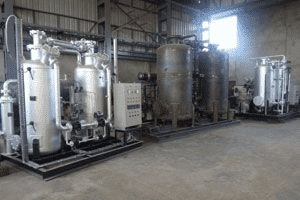
Other than activated alumina, there are other desiccants that you can use in your industrial air dryers.
Molecular Sieve

A molecular sieve is a permeable material with openings of constant size. The size of these holes is equivalent to that of very small molecules. As a consequence, big molecules are unable to move through these holes and are trapped, whereas smaller molecules may.
The particles with the largest particle weight tend to depart first, succeeded by those with lower molecular weight when a mixture of molecules relocates through a fixed sheet of porosity and semi-solid substances (the sieve). As a consequence, these molecular sieves can help in chromatography. Certain types of molecular sieves can be used to make dryers.
This adsorption mechanism is reversible through a process known as regeneration, however, it is considerably challenging as compared to Silica gel. Silica gels can be regenerated at temperatures up to 180°F, while molecular sieves can be regenerated at temperatures up to 550°C, which will liberate trapped water.
Properties
- Feed humidity content ranges from high to low.
- Quite a Low Effluent Dewpoint
- Minor worry concerning liquid water entrainment
- There are no restrictions on the ability to regenerate (heat)
Alumino-silicates and Silica Gels

Silica gel is a drying agent that is often sold in tiny paper or linen sachets as small transparent pearls or clear rock crystals. To prevent moisture degradation, these packets are typically bundled with commercial products. Food, clothing, and electronics all include silica gel packets.
Because silica gel is non-toxic, odourless, and non-corrosive, it can be used in high-volume desiccant dryers at a lower cost of energy. It has exceptionally stable thermal and chemical properties when compared to other desiccants. The non-indicating adsorbent is a type of desiccant that is normally white. Logically, the gel will not change once it absorbs moisture. When making self-indicating gel, an additive is added to the basic gel to cause it to change colour when water is absorbed. A self-indicating silica gel provides a visible indication of the current degree of activity.
Properties
- Offers a small amount of effluent dewpoint necessary.
- Has limited capacity for regeneration (thermal) access.
- Zero worry on Liquid water entrainment
- Quite a Low Effluent Dewpoint
Why Should You Use Activated Alumina for Your Air Dryer

Activated alumina is commonly regarded as the most effective air-drying desiccant, despite the fact that other desiccant materials have superior adsorption capacities and a variety of additional advantages. The material has a variety of unique properties that aren’t found in other materials. These are some of them:
- Capacity to load large amounts of water: High-quality activated alumina desiccants for desiccant air dryers optimize the important factors of bulk density, surface area, and permeability to allow more water to be extracted every cycle. Desiccant features of poor quality will not be maximized, resulting in inadequate water-loading ability. Water may enter the air system through a low-capacity activated alumina desiccant, producing rust, chilling, and machinery breakdown.
- Non-dust functioning: In adsorbent air dryers, high-quality activated alumina adsorbents have a low attrition rate. Dust from low-quality activated alumina adsorbents can clog piping, valves, and gauges, necessitating pricey repair or replacement.
- Long-term durability: In pressurized air dryers, high-quality activated alumina adsorbents offer the excellent water-loading ability for a prolonged period of time. Because activated alumina dehumidifier replacement is necessitated less often, a significantly longer life keeps costs down.
- Performance of a compressed air dryer that is dependable: The compressed air dryer runs smoothly thanks to high-quality activated alumina desiccants. Water-loading capacity, compressive strength, and attrition loss are all advantages of high-quality activated alumina adsorbents. Low-quality adsorbents can degrade physically over time, resulting in a significant pressure decrease across the pressurized air drier. The activated alumina dehumidifier must be replaced once it has physically degraded, resulting in poor pressurized air dryer functionality.
Conclusion
Even with the many other desiccates in the industry, activated alumina is the best to go with. Now, you will need a qualified manufacturer and supplier who is renowned for customer satisfaction and exceeding quality market standards. Well, that’s Jalon for you. We assure you that you’ll not regret partnering with us. Contact us and let us prove our qualifications to you. We’ll be waiting!

